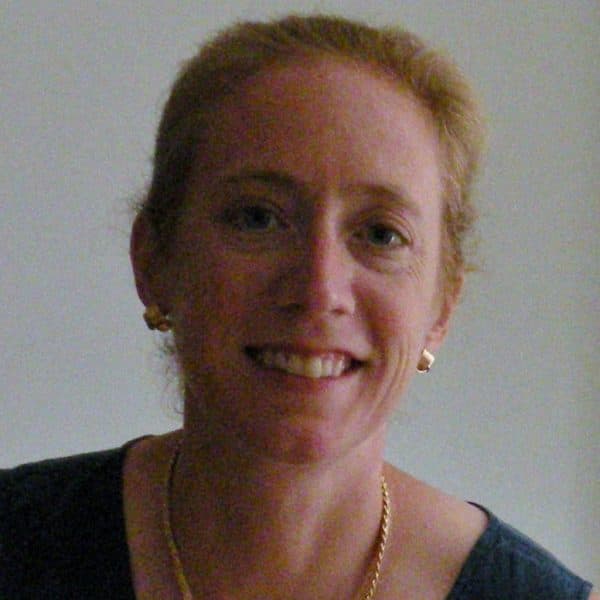Advertisement
DCF Inadequately Preparing Child Welfare Workers

With the ongoing crisis of abuse and neglect-related deaths in the commonwealth, it’s a miserable time to be a child welfare worker in Massachusetts. Truth is, it’s rarely a good time, anywhere. Several other states are in the middle of full-blown child welfare crises; nationwide, 30 to 50 percent of all children who die from maltreatment were previously known to child protective services.
Child welfare work is demanding, the pay is low, caseloads are high, colleagues come and go, the work can be dangerous, and human error can result in tragedy. It is challenging to protect children in this type of work environment and yet that’s the number one goal of the job. The majority of the time, children are protected, but every worker has the same fear of seeing a client’s name and face on the front page of the morning paper. And yet in general, the profession does a poor job of preparing workers to avoid this crisis.
In 2010/2011, I conducted the only large-scale, multi-state study on fatal maltreatment with 426 child welfare workers; 72 percent said they worry a child on their caseload will die. Only 42 percent knew that children are more likely to die from neglect than from abuse; only 20 percent knew that mothers are more likely to be responsible for their children’s deaths than other caregivers; and only 38 percent knew that children are more likely to be killed by a family than a non-family member. This reveals a significant gap in knowledge. I also found that there was no difference in knowledge between workers who reported receiving training and those who did not.
Critics often point to workers’ relative youth and inexperience as potential reasons for fatalities. But, in my study, workers who had a client die had been in the field for six years and were in their late 30s. Further, over half had a degree in social work and another third had a degree in the social sciences.
It’s easy to say that child welfare agencies are failing children, but it’s also largely inaccurate.
With results like these, the next question is obvious: Where do child welfare workers receive information on maltreatment fatalities? As it turns out — almost nowhere. My colleagues and I examined 24 child welfare and social science textbooks for inclusion of content concerning fatal maltreatment. We also examined pre-service child welfare training curricula from 20 U.S. states. We found that a minority of textbooks address risk factors for fatalities. Only one state had a dedicated section on fatalities in their pre-service training, but, that one state did not provide evidence-based information to workers about risk factors for death. Instead, the training described the social and demographic characteristics of the children in their state who had died.
It’s easy to say that child welfare agencies are failing children, but it’s also largely inaccurate. Thousands of children live more safely with their families because of help they received from child protection services. It’s true that child welfare agencies have failed some children and that a fraction of those children have died. That was not usually the fault of individual workers or supervisors, but a fault of the larger profession and the legislatures which fund them. Unlike other professional groups, child welfare workers rely exclusively on government funding. This system is largely failing its employees; it has not adequately prepared them to understand the conditions under which children die, and without this information, more children will meet the same fate.
A child’s death usually inspires reform in the child welfare system — new intake procedures, new risk assessment approaches, more workers to lower caseloads — all of which are probably important. But, never have I read that a child’s death has resulted in workers receiving evidence-based information about risk factors for fatalities. I hope that the current crisis in Massachusetts takes a new direction at the legislative and agency level and that all workers will learn what the evidence says about high risk situations that place children at risk for death.
Related:
